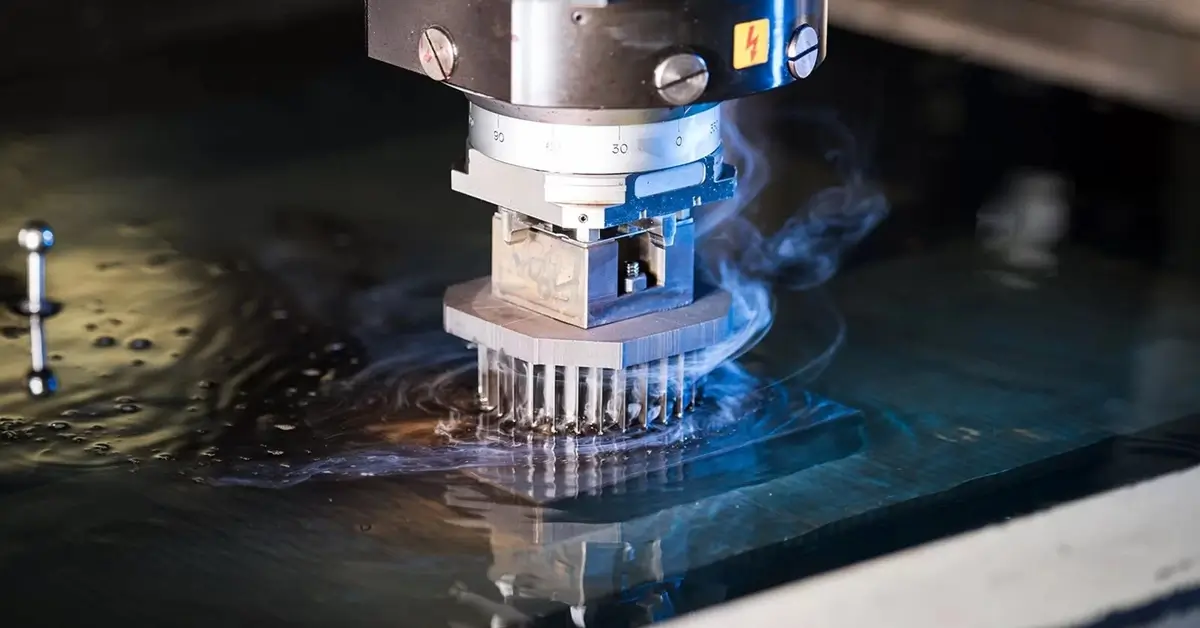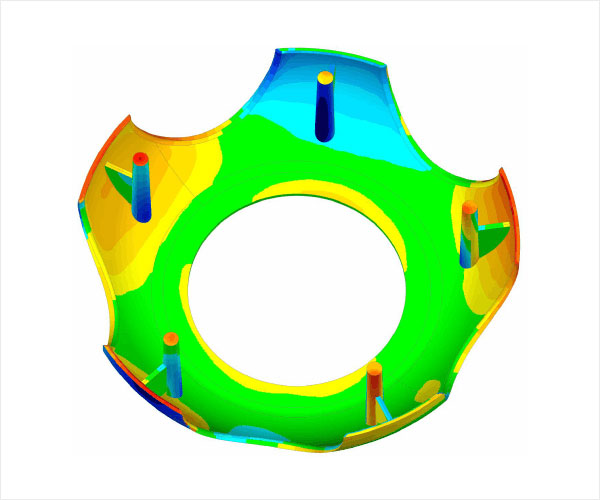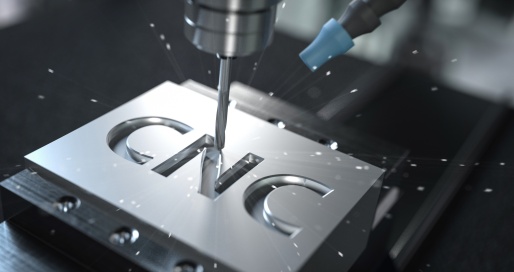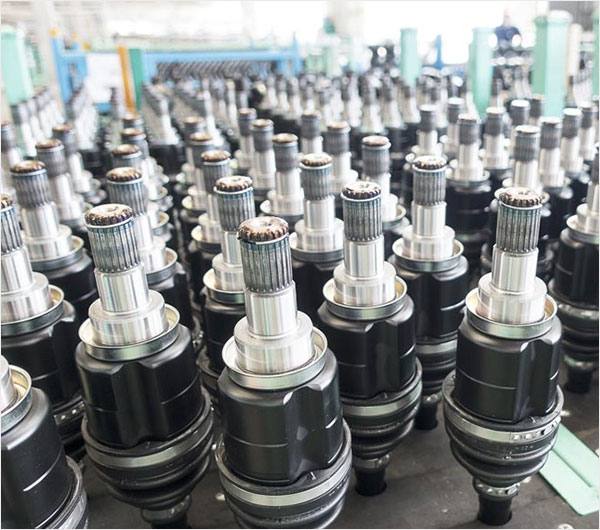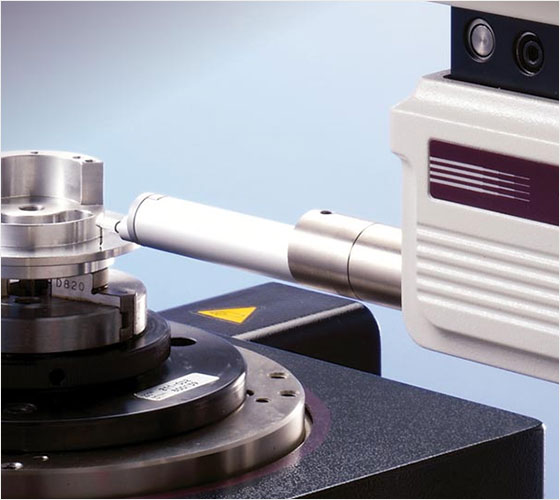Electric discharge machining (EDM) is a super cool way to cut metal. It uses tiny sparks to shape the metal just how you want it. Imagine those sparks like mini lightning bolts that zap away small pieces of metal until you get the shape you’re after. This isn’t like cutting with a saw or a drill; it doesn’t use any force on the metal. That means even very hard materials that might break a drill bit are no match for EDM.
You can make complex and precise shapes that would be really tough to do with traditional tools. Electric Discharge Machining is great for making intricate parts like those found in airplanes or delicate medical instruments. It’s all about precision, and the best part? The metal doesn’t get all bent out of shape because those tiny sparks are gentle. It’s like sculpting metal with lightning!
How does EDM Machining work?
EDM machining is like a futuristic way of shaping metal with electricity. Let’s see how this cool process works.
Sparking Into Shape
The heart of Electric Discharge Machining is the spark. It’s not your everyday spark from rubbing two stones together. These are precise, controlled electric sparks that jump from an electrode to a metal workpiece. This happens in a special bath of insulating fluid, often oil or deionized water. The fluid’s job is really important – it carries away tiny metal bits and keeps the temperature just right.
The Dance of Electrode and Metal
Here’s where it gets exciting. The electrode and workpiece don’t even touch. The electrode moves super close, and when it’s nearly kissing the metal, zap! A spark jumps across. It’s like a little bolt of lightning that zaps away a pinpoint of metal. This happens thousands of times, zapping and shaping until the metal looks just like what you imagined.
The Careful Control
EDM machines are smart. They know exactly how far to move the electrode and how many sparks to fire. They listen to the computer that tells them the shape to make. It’s like a conductor leading an orchestra, every spark in perfect time, making metal music that turns into a precision part.
All Sorts of Shapes
EDM doesn’t care if your shape is as complicated as a maze. It can handle sharp inside corners, fine details, and even thin walls. Imagine trying to carve a tiny castle out of a block of metal with just a chisel. Now, replace the chisel with a storm of sparks. That’s the power of EDM.
Wire EDM: A Special Kind
Wire EDM uses a thin wire as the electrode. Think of it as a super-accurate saw that can cut through metal with a clean edge. It’s perfect for detailed cuts and can slice through thick metal blocks with the finesse of a master chef.
The Material Matters
EDM loves metals that conduct electricity. The better a material conducts, the more efficiently EDM can work its magic. That’s why materials like steel, titanium, and various alloys get along so well with EDM.
The No-Contact Advantage
Since the electrode never pushes against the metal, there’s no risk of bending or warping. This means even the smallest, most delicate parts stay perfectly shaped. It’s like a non-contact sport where the metal always wins.
Finishing Strong
After the sparks do their job, the metal piece often doesn’t need any more work. It’s ready to go, looking sharp and precise. This is a huge plus because it saves time and effort in the manufacturing process.
In the world of metalwork, Electric Discharge Machining is a standout star. It’s not just about removing metal; it’s about creating with precision and bringing complex designs to life with the power of electricity. It’s a game-changer for industries that rely on detailed, precise metal parts. Choosing EDM means choosing a method that’s efficient, precise, and totally cool.
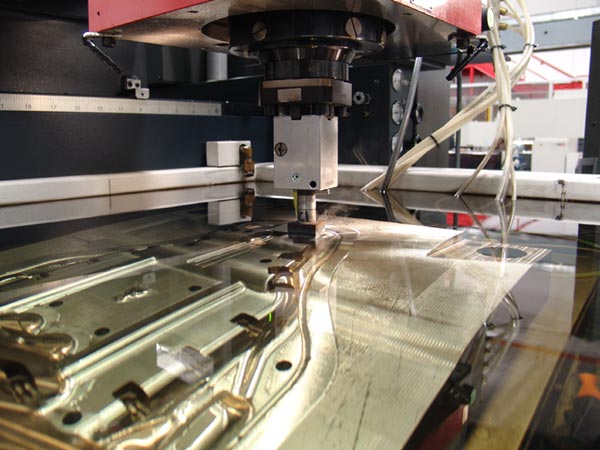
What is the electrical discharge machining process?
Electrical Discharge Machining (EDM) might sound complex, but it’s a fascinating process. Let’s walk through it step by step, so you can see how it works!
Step 1: Setting Up the Machine
First, we need an EDM machine. Inside, there’s a space for the metal you want to shape and an electrode. The electrode will create the sparks to do the job.
Step 2: Choosing Your Metal
Now, pick the metal you want to work with. EDM is picky and likes metals that electricity can easily flow through, like copper or steel.
Step 3: Creating the Plan
Before we start zapping, we need a plan. This means programming the machine with the shape you’re aiming for. The machine needs to know the path to follow.
Step 4: Preparing the Dielectric Fluid
Next, we fill the machine with a special fluid. This fluid is going to be the arena where the sparks and metal meet. It also keeps things cool and carries away debris.
Step 5: Bringing the Electrode and Metal Together
Now, bring the electrode close to the metal. Not too close – they should not touch. The magic happens in the small gap between them.
Step 6: Let the Sparks Fly!
Time to make some sparks. The machine sends electrical charges through the electrode, and sparks fly across to the metal. This is where the cutting happens.
Step 7: Melting and Vaporizing
Each spark melts a tiny bit of metal. The heat is so intense that it vaporizes the metal bits. The dielectric fluid then flushes these away.
Step 8: Continuing the Dance
The electrode keeps moving, following the programmed path. It’s like a dance – back and forth, side to side sparks flying the whole time.
Step 9: Inspecting the Work
As the sparks do their work, the machine checks the metal. It’s making sure everything’s going according to plan. Adjustments are made as needed.
Step 10: Repeating the Process
This sparking and melting happen again and again. Over time, the metal takes on the shape you programmed earlier.
Step 11: Final Touches
After all the sparks have finished their dance, what’s left is your shaped metal. It’s usually very precise, matching the plan you set out.
Step 12: Cleaning Up
The last step is cleaning. The metal piece comes out, and we clean off any remaining fluid. It’s also checked to ensure it’s just right.
Step 13: The Result
You’ve got a perfectly shaped metal part, ready to go! It might be a gear for a machine or a part for some electronic gadget.
Final Words: Why EDM is Amazing
So that’s the EDM process. It’s precise, it’s cool, and it doesn’t even mess up the metal with bending or squeezing. Every step is controlled, clean, and precise. It’s like having a miniature lightning storm that can sculpt metal. This process is perfect for making intricate parts that other machines just can’t handle. It’s a favourite in manufacturing for creating complex, high-quality components. With Electrical Discharge Machining, if you can imagine it, you can probably make it out of metal.



